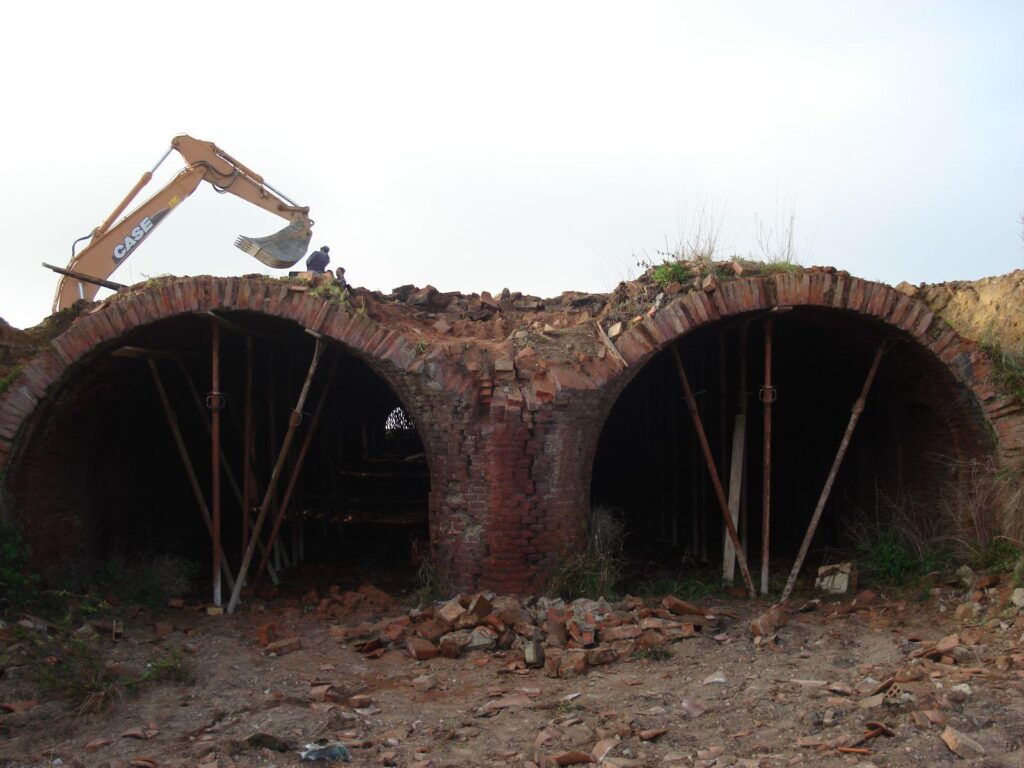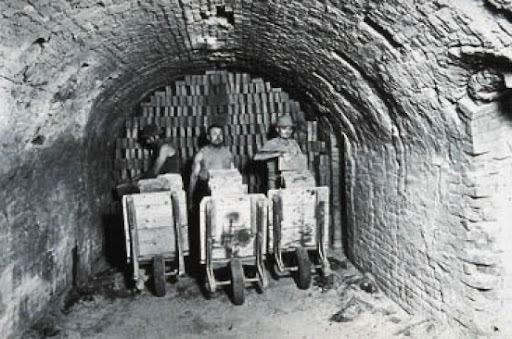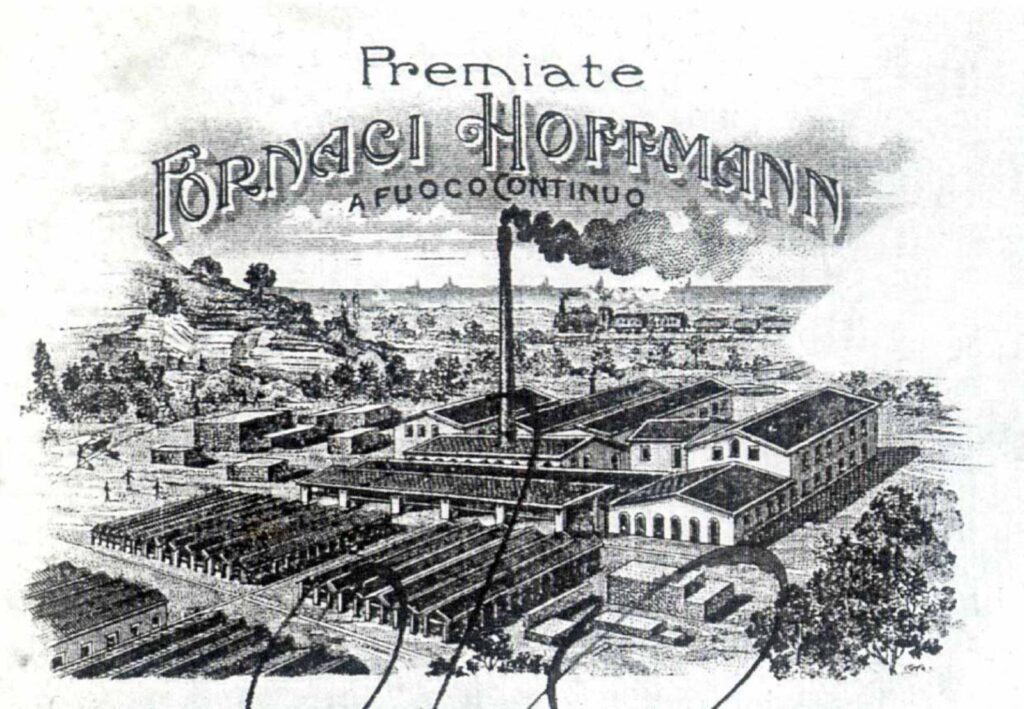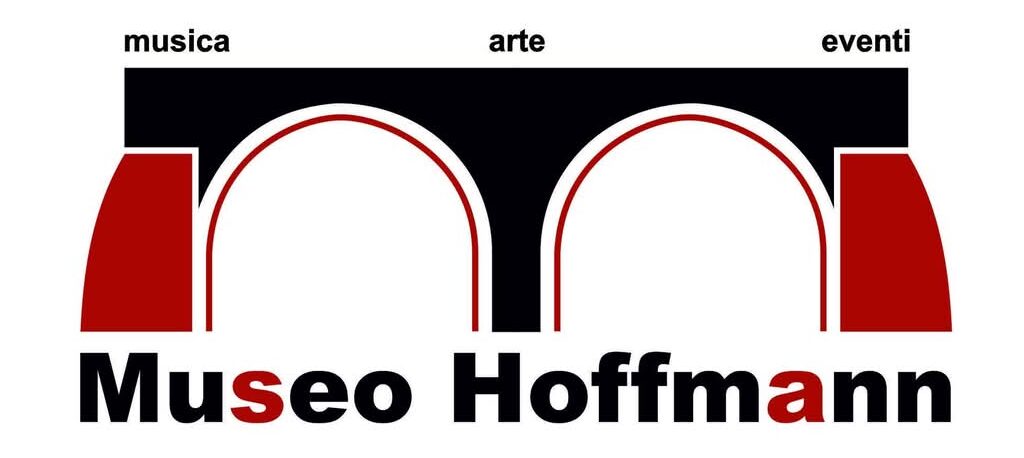Historical Notes
The Furnace
Origins and historical context

La Fornace Hoffmann di Caltagirone nasce nel secondo dopoguerra, in un periodo di grande espansione edilizia. Il 4 dicembre 1954 il Comune autorizza la concessione di un’area a nord della città per la costruzione di un impianto per la produzione di laterizi, gestito inizialmente dall’ing. Giuseppe Siracusa.
L’impianto nasce su una preesistente cava di argilla da cui si estraeva materiale per la ceramica artistica e per l’edilizia locale.


Hoffmann museum
The History of the Furnace
The Hoffmann Furnace: German Technology on Sicilian Land

The heart of the plant was a Hoffmann-type furnace, a model patented in Germany in 1858, based on a continuous fire firing system.
The Caltagirone furnace had 26 firing chambers, arranged in a ring in two parallel galleries. The fire moved cyclically from one chamber to another, allowing high productivity and energy savings, thanks to heat recovery.
This system was a true revolution for the building materials industry and made Caltagirone a regional reference for the production of bricks, tiles and terracotta pipes.
Expansion and production activity

During the 1960s and 1970s, the furnace expanded. It was managed by various companies, until the Cooperativa Laterizi Conadomini, which took over ownership until the cessation of activity.
The plant included
- quarries and tanks for seasoning the clay.
- crushing silos.
- presses, conveyor belts, dryers.
- and the historic ring furnace with a 40-metre high chimney.
- excavators
- kneaders
- bricklayers (“stazzunari”)
- press and oven operators.
The “stazzunari” and the decline of the furnace

The “stazzunaru” was the heart of production: an expert worker who manually shaped the bricks, loaded them onto trolleys and arranged them with precision in the firing chambers.
This profession, handed down from generation to generation, required physical resistance, sensitivity for the material and perfect timing in managing the firings.
With the arrival of modernization and the decline in construction demand, in the 1980s the plant became progressively obsolete. On 3 December 1984 production stopped.
In 1986 the company went bankrupt, leaving the structure in a state of abandonment.
The following decades saw severe degradation, with acts of vandalism, partial collapses and the loss of much of the original machinery. Only the structure of the furnace and the galleries remain, testifying to the city’s working-class memory.
The historical and cultural value of the furnace
The furnace represents one of the few examples of Sicilian industrial archaeology that have remained intact in their original structure.
It is important not only for its technological value, but for the social role it has had in the history of Caltagirone:
-
it has generated employment for generations;
-
has favored the urbanization of the northern area of the city;
- has contributed to the local ceramic supply chain.
